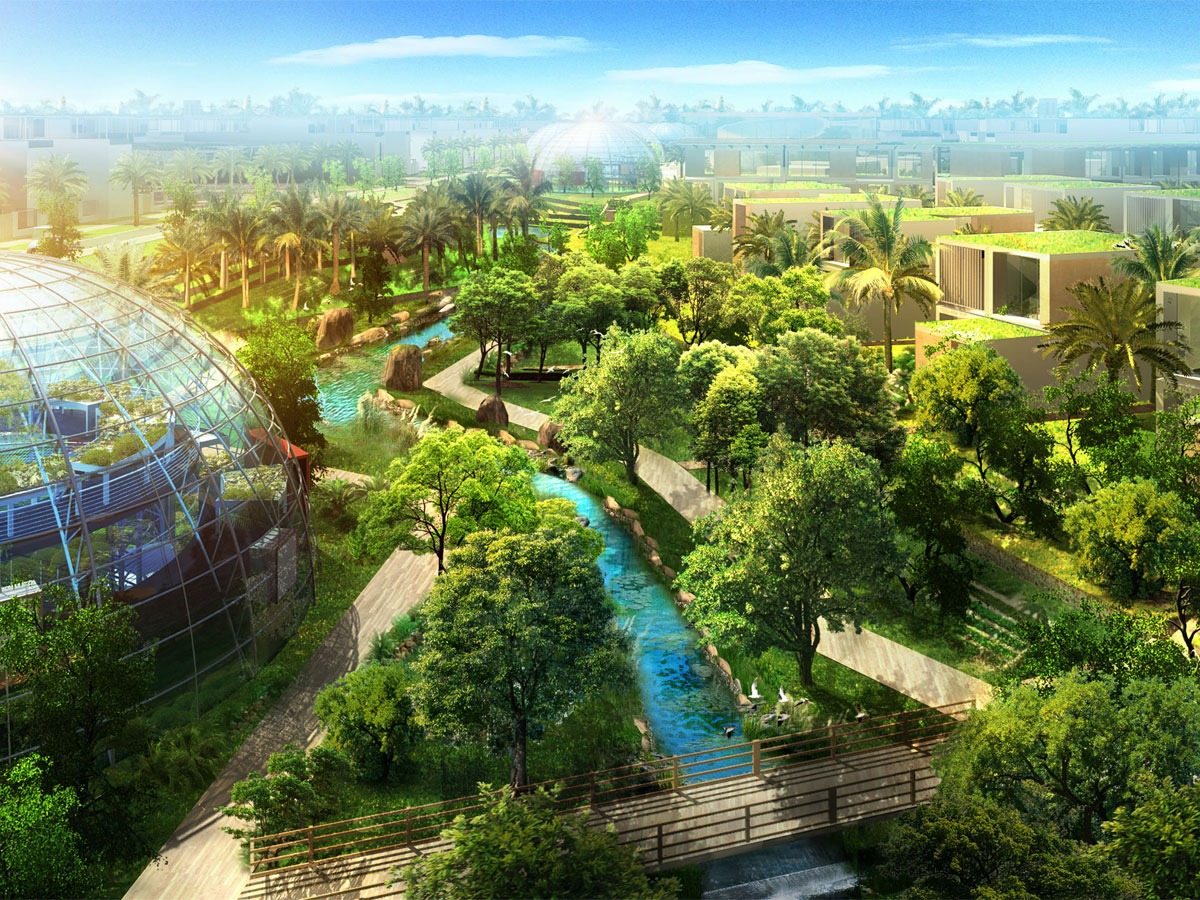Blog

Encouraging the UAE to become a green real estate hub
For instance, the United Arab Emirates (UAE) led the area in pledging to achieve Net Zero emissions by 2050 and was the first Gulf nation to sign the Paris Climate Accord. It also committed to lowering emissions in every sector of the economy by 2030.
The nation is currently implementing environmental and sustainable standards in its rapidly expanding building and real estate industries, and it is enacting laws that, in certain cases, are becoming more and more in line with, if not similar to, some of the strictest building codes in the world.
Furthermore, numerous fascinating city-scale projects that raise the standard for environmental design, liveability, and sustainability are starting to take shape.
The United Arab Emirates has established a robust foundation upon which to expand, and we fully anticipate that construction and real estate regulations will continue to evolve as the nation searches for means of achieving sustainable development.
The federal setting
Both the federal government and individual Emirates have implemented environmental regulations.
Federal legislation and regulations that support water and energy conservation, the deployment of renewable energy sources, and other efforts to lower greenhouse gas emissions have received a lot of attention. Many of these initiatives have been in place for a while.
Since 1999, a federal law has been in effect for the safeguarding and advancement of the environment. The Ministry of Climate Change and Environment is now able to impose laws on topics like energy saving and efficiency thanks to this, which also sets down the broad guidelines and duties for environmental protection.
Goals for low-carbon development, energy efficiency, renewable energy, and environmental protection are included in the UAE Vision for 2021 and UAE Green Agenda 2015–2030.
The Energy Strategy 2050 and the UAE Climate Change Plan 2017–2050 feature forward-looking goals for extending the nation's resilience to climate change, decreasing CO2, diversifying energy sources, and raising the proportion of clean power in the total energy mix.
The green and sustainable building guidelines were adopted by the UAE Cabinet in 2010 for use throughout the nation in the construction industry. To reduce water, use by 16% and energy consumption in buildings by 25%, the Cabinet approved additional measures in 2022 under an updated set of National Building Rules and Standards.
Emirate-level Action
The Emirates, particularly Abu Dhabi and Dubai, are leading the way in property regulation and regulations. Both have established individual requirements for energy efficiency and green building practices.
Estidama, a sustainability framework developed in Abu Dhabi, has a built environment assessment system.
It was introduced in 2010 by the Abu Dhabi Urban Planning Council and mandates that any new construction must adhere to four main standards: the environmental, economic, social, and cultural. Government buildings need to receive two pearls, but developments need to receive just one pearl to be accredited.
Comparisons across international borders
There are some significant distinctions between the UAE and other markets, even if the country has made good strides towards implementing sustainable norms for building and real estate.
In the United Kingdom, most rules are obligatory. These include energy performance standards, which mandate that all buildings possess an Energy Rating Certificate at the time of construction, sale, or rental, and building standards that are applied by local authorities. An optional programme called BREEAM, which rates and evaluates a building's environmental performance in terms of materials, energy, water, waste, and pollution supports these mandated rules.
Dubai Real Estate FAQ
These are some of the most common questions and answers about real estate.
All FAQ's